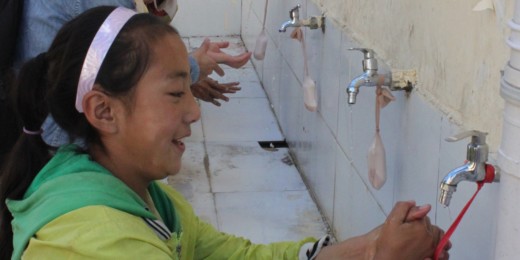During a recent talk, Lisa Goldthwaite, a clinical assistant professor at Stanford, told the truths of HPV, sharing practical insights and lessons that are important to everyone's health.
Category: Infectious Diseases
Combating tapeworm infections and epilepsy in rural China
Stanford researchers pinpointed boarding schools in rural regions of China's Sichuan province as key spots for intervention against a potentially-fatal tapeworm infection.
Sex ratio of social group — and sex of ‘patient zero’ — affects the spread of infectious disease in flies
The sex ratio of a social group can influence the risk of getting an infectious disease as much as, and sometimes more, than an individual's traits, a Rice University study finds.
Is climate change fueling the spread of Lyme disease? A podcast
During a podcast, the author of "Lyme: The First Epidemic of Climate Change" talks about the growing worldwide threat of this disease and the urgent need for more research into treatment and prevention.
Packard Children’s research lowers antibiotic use in newborns
Many healthy newborns are getting antibiotics they don’t need, potentially causing harmful changes in their gut bacteria, but new Stanford research suggests a solution.
A cheaper, faster, more reliable test for TB developed by Stanford researchers
Tuberculosis is a major public health problem worldwide, yet most people lack access to quick, reliable testing. Now, chemists have found a solution.
Iron fuels fungal infections following lung transplant; new therapy proposed
The key to preventing dangerous Aspergillus fumigatus infections following lung transplant may be blocking iron, a new Stanford Medicine study has found.
Expanding hepatitis C testing to all adults is cost-effective and improves health, new study shows
Even adults who are not considered "high-risk" should be tested to reduce deaths and improve cure rates, new Stanford Health Policy research suggests.
A look at cervical cancer prevention and screening
Douglas Lowy, deputy director of the National Cancer Institute, recently spoke at Stanford Medicine.
Examining the effectiveness of hand sanitizers
A post today on CommonHealth takes a closer look at the effectiveness of hand sanitizers when it comes to killing germs. In a thorough discussion …











